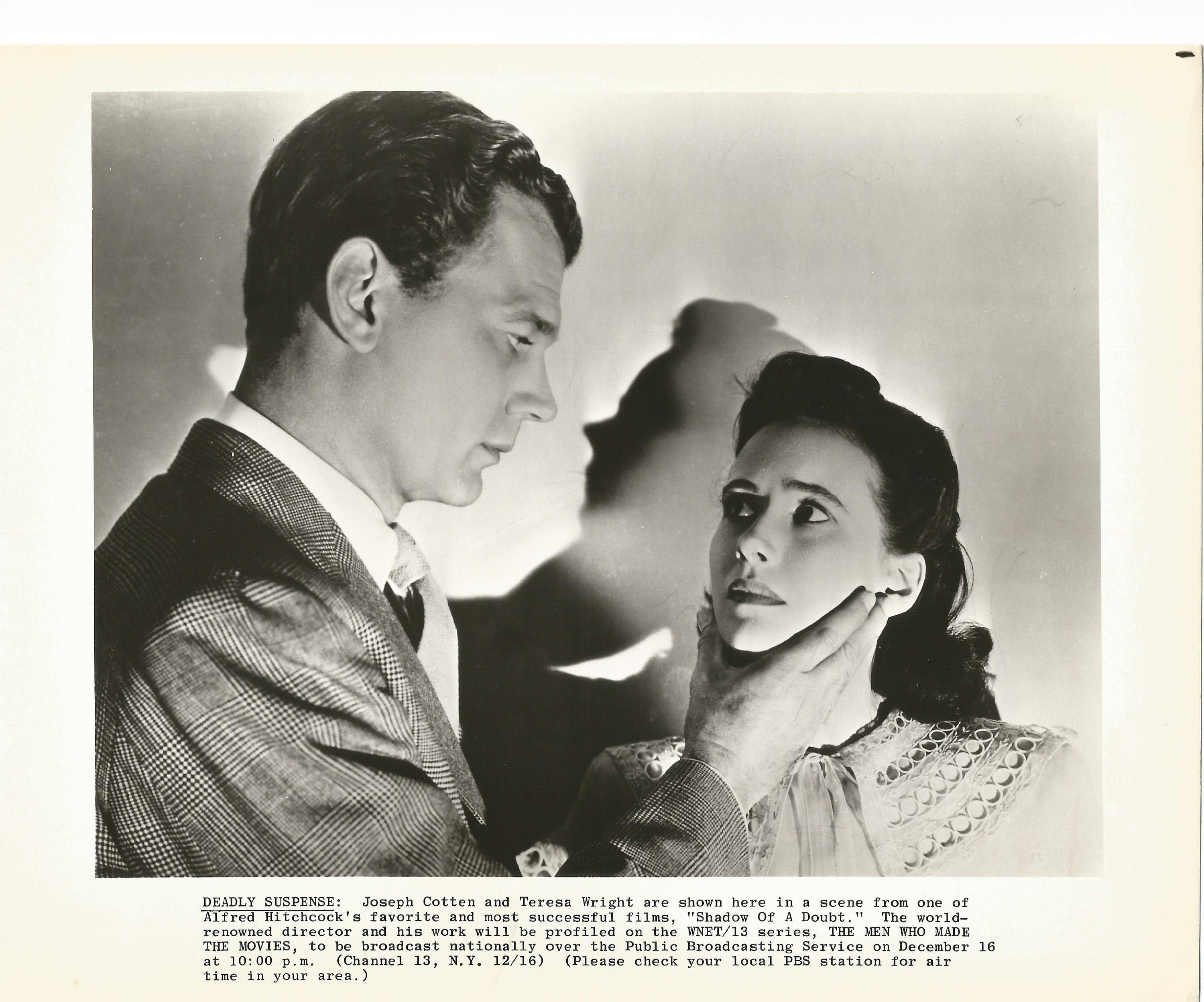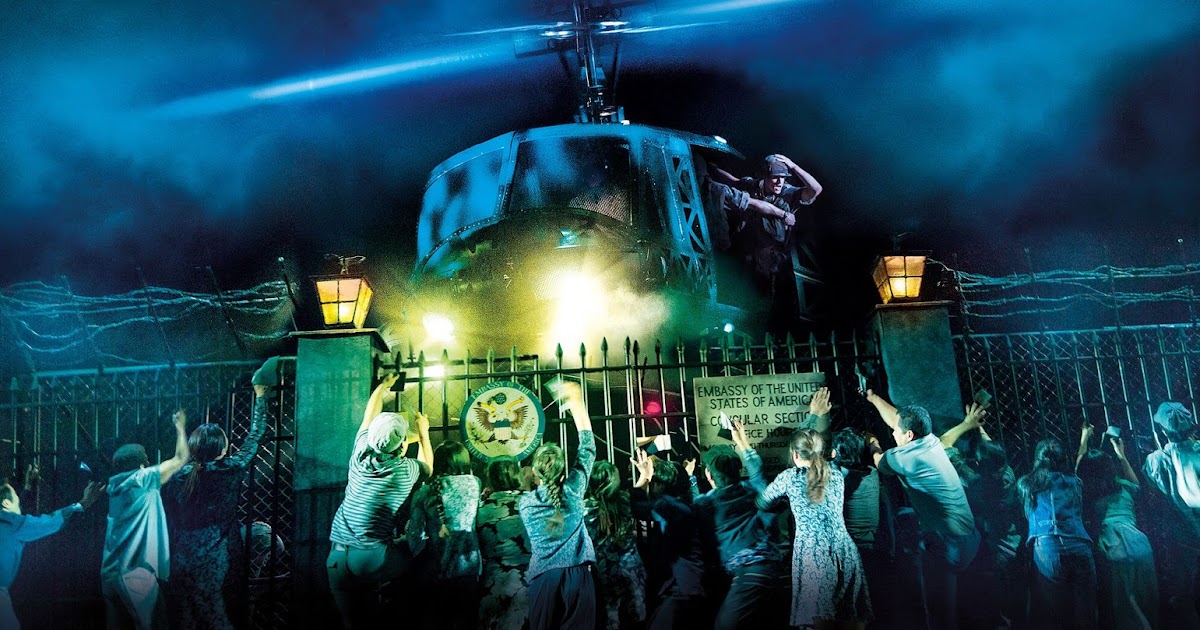
Perhaps that was part of the bond we felt.Īt least four parties had their eyes on the Moonflower, and they presented a serious collection of talent. Unlike the 1300-odd Denali aspirants who would pass through the airstrip in the summer of 1994, none of us knew if we’d even get onto our routes, let alone up them.

Not a strict geographical construct but rather a state of mind, the Ghetto was occupied by a shifting band of miscreants gunning for various routes, real and imagined, on the North Buttress of Mount Hunter. Others had arrived before us, and we settled into what we came to call the Ghetto. Saw Greg and me back at the Kahiltna Glacier airstrip, the epicenter of Alaska Range mountaineering, well-prepared for a long siege. An inobvious line of sinuous ice smears and steep ramps loosely connected by devious rock pitches seemed to offer some possibilities, and even as we retreated from the Moonflower we laid plans to return. Warm conditions and my premonitions of doom turned us back that year, but our eyes were drawn to the monolithic wall left of the Moonflower. In May 1993, we’d climbed the Nettle-Quirk route on Huntington’s West Face together, then attempted the Moonflower Buttress on Mount Hunter. “And if it does, we’ll just have to get ourselves back down.” “I figure we have to keep going until something stops us,” he said. Best to wait until retreating would be a true epic, then we wouldn’t want to return.Īlthough Greg Child, my partner on this adventure, gave lip service to the darker fears and doubts all alpine climbers seem to dwell on, he seemed awfully enthusiastic about our project. We were too close to the ground-just a day into the route-and it would be far too easy to climb back up. But I knew that now wasn’t the time to bail out. Most of all, though, I dreaded the anxious, dreamless nights.Īs I swung my other boot out over the void, I came to a crafty little realization: if I dropped a crampon we would have to go down. The grind of doing too much work on too few calories, your body eating itself just to survive. The dreary physical numbness of 16-hour days, wondering which way to go, where to bivouac.


The bad anchors, the unavoidable avalanche slopes, the storms that boiled up from nowhere. The puking agony of blood creeping back into frozen digits. Climbers often talk about the difficulty of stepping into the unknown, but I had no doubts about what to expect on the Wall of Shadows, this new route on the North Buttress of Mount Hunter. But for me, the banal act of putting on crampons possessed a strange, symbolic significance, for it signaled my continued willingness to engage the labyrinth of vertiginous, ice-veined rock above, to put all thoughts of home and comfort aside. Just one of dozens of precise mechanical movements we’d have to make every day. CLICK! A SIMPLE SOUND: the snap of a crampon heel-bail against a plastic boot, hanging over the side of a portaledge 1000 feet above the Kahiltna Glacier.


 0 kommentar(er)
0 kommentar(er)
